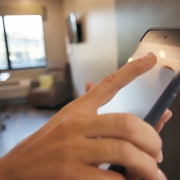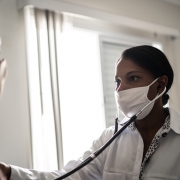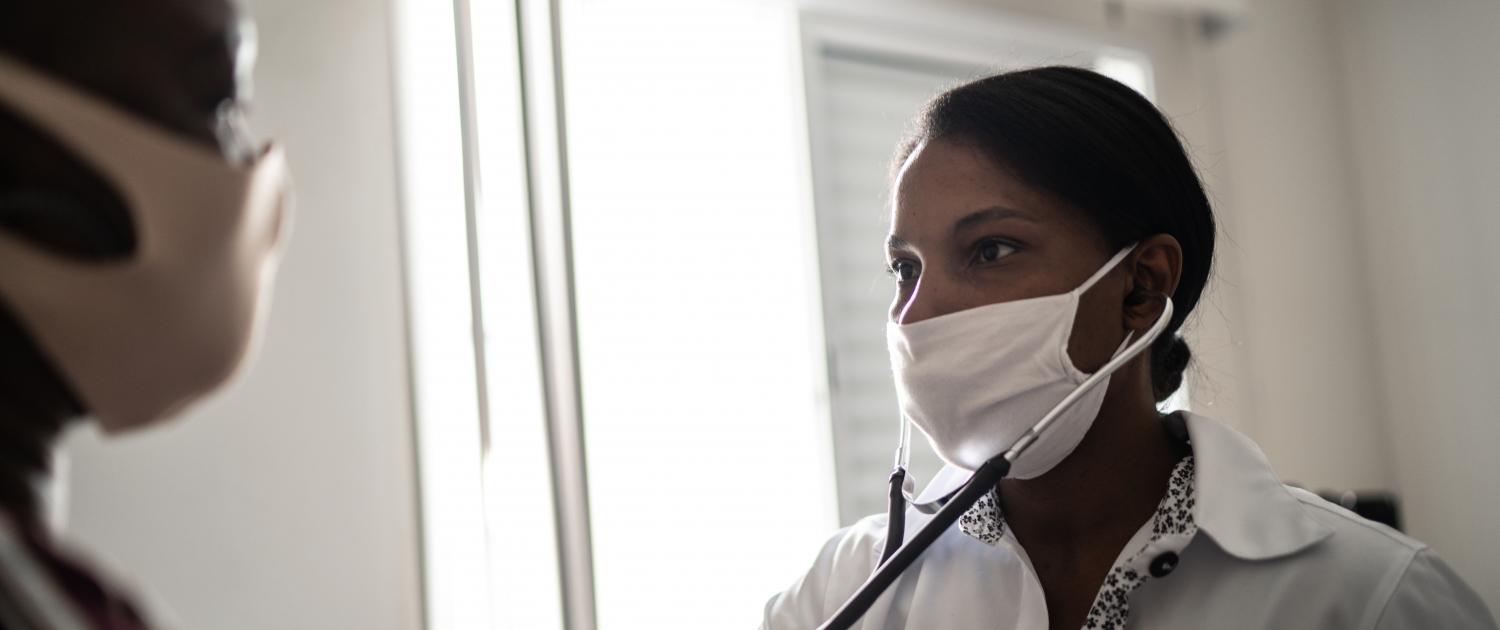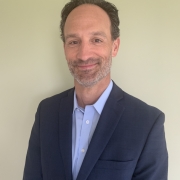Creating a Successful Telehealth Program
Over the past couple of years, telehealth has proven that it is here to stay. It has been especially effective in post-acute environments, providing 24/7 access to physicians for highly vulnerable patients. Every day, more and more operators are adopting telehealth programs for their post-acute care facilities. Before deciding on the right telehealth provider, considerations should be made as to how the technology will affect the organization at every level to ensure the program’s success.
Define Success
What problems is the organization facing that telehealth can help fix? Are you looking to reduce returns to the hospital (RTH)? Are patients unnecessarily transferred to the ER for a condition that could have been treated in place by a physician? Are your nurses overwhelmed with staffing shortages? Are your physicians burnt out?
Recognizing which problem(s) a telehealth program can solve should be one of the first items to consider before incorporating the technology and services into your care processes. Establishing goals and tactics for a telehealth program should also be included. For example, if a SNF is experiencing higher return to hospital rates than expected, they should seek a telehealth partner that can be effective in helping them reduce unnecessary transfers to acute care. Understanding if there are peak periods when patients are being transferred may identify gaps in care where telehealth could be applied.
Once the problem is identified, it should then be decided what the expectations are with a telehealth program in place. If it is intended to reduce returns to the hospital, goals should be set to determine if the program is successful. Defining the desired RTH rate and putting reporting in place to track progress are logical next steps.
Operationalize
Once goals and tactics are in place, and a telehealth partner has been selected, it’s time to put the telehealth to work. In order to do so, workflows need to be established that define when telehealth should be used. Medical Directors and providers, Administrators, IT Administrators, Directors of Nursing, and educators should all be involved. Processes also need to be in place to guarantee the program is operating efficiently with proper follow-up and reporting in place. Ensuring the technology can be used throughout the SNF is one of the most important operational steps to consider, but oftentimes is an afterthought. If using iPads, for example, there needs to be consistent wifi access throughout the building. Putting protocols in place to determine if and when to use telehealth is a critical step. Also, designating individuals who will be responsible for certain tasks, from educating the nurses on the floor, to following up on physician orders, to tracking RTH, each facet must have someone overseeing to oversee it solidify the program’s success.
Front Line Involvement
For a telehealth program to truly be successful, the front line staff must be involved from the beginning, especially since they are the ones who will be using the telehealth services. Gaining their insights as to which features would be most beneficial (or detrimental) to their work will enhance their buy-in of a program, leading them to utilize the services and help the organization reach is programmatic goals.
Champions in the Building
Appointing at least one champion is another way to create a successful telehealth program. The champion should be familiar with the program and be available to serve as the go-to for onsite support or an educator for incoming nurses. This helps maintain consistent utilization well after the initial installation, especially when staffing changes are a “given” in the post-acute world.
Outcomes
Just as it is important for all players to have input and understanding when implementing a telehealth program, it is equally as important for them to know the outcomes of the program, as well. When everyone understands how telehealth is affecting the organization as a whole, they gain further appreciation and continue to advocate for the telehealth program to be in place.
Proof
One senior living community organization, CarDon & Associates, has adopted a telehealth program in several of its facilities and almost immediately experienced highly favorable outcomes, mainly from applying the tactics mentioned above. The organization, as a whole, adopted Third Eye Health’s telehealth technology and services. From executives to Medical Directors to clinical leadership to nurses – all had buy-in of the program from the beginning.
Read about their story, here.






 written by:
written by:
